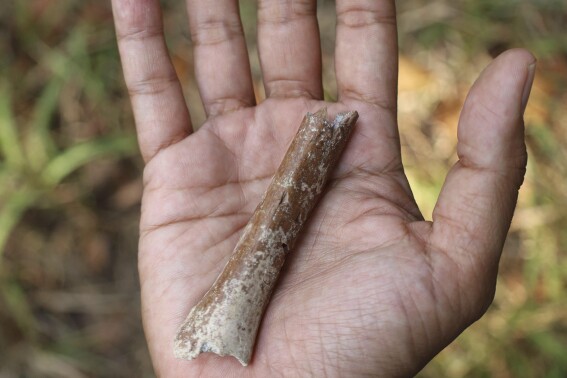Experts are warning of a potential outbreak of West Nile virus in the U.S. after an unusually early start to the virus's season this summer, and a Newsweek map highlights the threat.
At least 80 human cases have been detected so far, according to data from the U.S. Centers for Disease Control and Prevention (CDC) and local government reports, across at least 23 different states. But what is West Nile virus, and who is most at risk?
One official has called for vigilance, and an expert has said "we're due for an outbreak."
West Nile virus is the leading U.S. cause of mosquito-borne infections, according to the CDC, with roughly 80 percent of those infected not displaying any symptom. However, one in 150 infections leads to serious, sometimes fatal, illness.
For the majority of symptomatic infections, West Nile virus causes fever, headaches, joint pain, vomiting, and diarrhea, along with fatigue and weakness that can last for weeks, or even months.
However, in severe cases, the disease can affect the central nervous system, potentially resulting in inflammation of the brain or the membranes surrounding it. In this case, symptoms may include headaches, neck stiffness, disorientation, tremors, convulsions, vision loss, numbness, coma and paralysis. For those who go on to develop these severe symptoms there is a 1 in 10 risk of death.
While the virus is spread to humans by mosquitoes, it actually circulates in nature between these insects and infected birds, which the mosquitoes feed on.
So far this year, West Nile activity has picked up earlier than usual. "There's a lot of activity now happening in the country," Kristy Murray, a professor and executive vice chair for research at Emory University in Atlanta, told CNN.
Over the past 25 years, Murray and colleagues have been tracking West Nile's stateswide activity, observing large spikes in activity every 10 years or so, the last of which was in 2012. "I think we're at our time where we're due for an outbreak," Murray said.
Combining data from the CDC and local government outlets, Newsweek estimates that there have been at least 80 human cases of West Nile virus so far this year across 23 different states (although the real number is probably much higher due to the asymptomatic nature of 80 percent of infections.) You can see how they are distributed across the U.S. in the map below.
Texas has the highest number of human cases so far, followed by Nevada and Nebraska.
After the first reported case of the disease in Larimer County, Colorado, last week, officials warned residents and visitors to "remain vigilant."
This week there was also a report of a human case of West Nile virus in Washington County, Wisconsin. However, the virus was detected in the blood of a healthy blood donor who did not develop any symptoms. Therefore, Wisconsin health officials have said it is "not considered a human case."
There are currently no vaccines or medicines to prevent West Nile virus infection, according to the CDC, so the best way to protect yourself is to avoid getting bitten. The health agency recommends the following tips:
- Use insect repellent
- Wear long-sleeved shirts and pants, especially outside
- Treat clothing with insect repellent
- Use screens and nets inside to minimize entry
- Remove stagnant water
Is there a health issue that's worrying you? Let us know via health@newsweek.com. We can ask experts for advice, and your story could be featured on Newsweek.
Disclaimer: The copyright of this article belongs to the original author. Reposting this article is solely for the purpose of information dissemination and does not constitute any investment advice. If there is any infringement, please contact us immediately. We will make corrections or deletions as necessary. Thank you.



